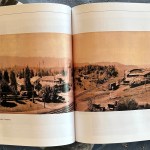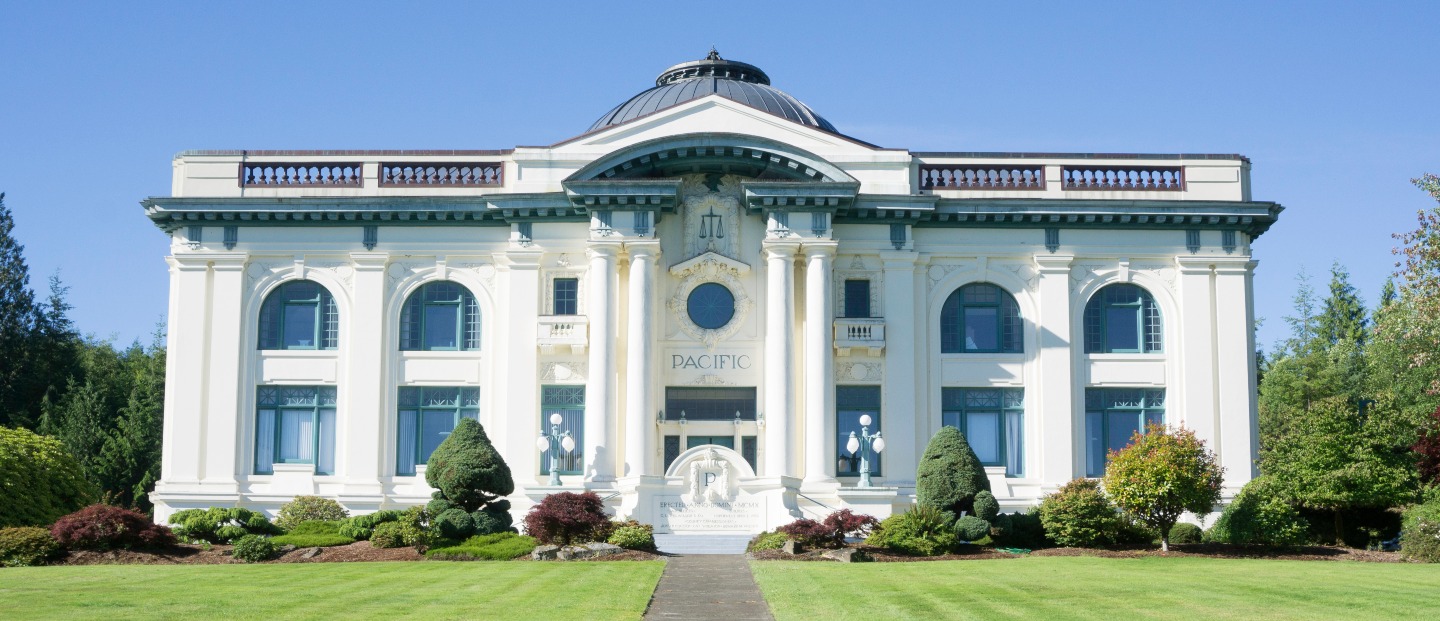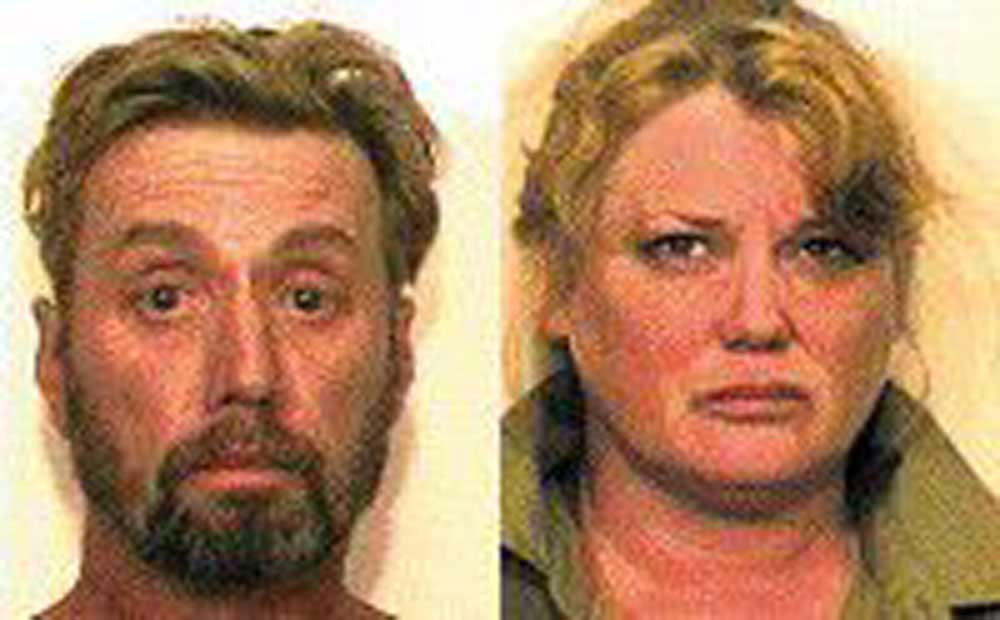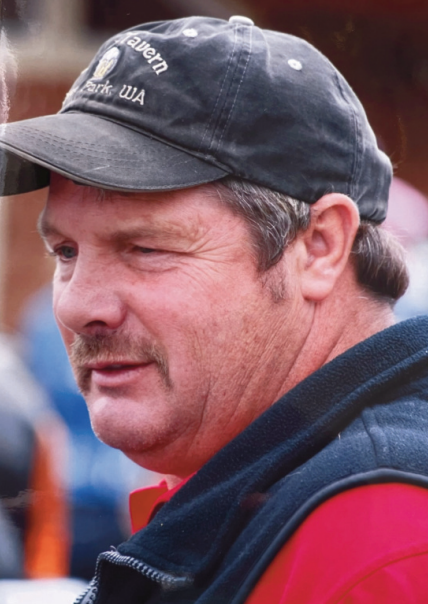Editor’s Notebook: Photo archives keep local history alive
Published 2:42 pm Monday, April 21, 2025


Jim Aalberg’s 2018 book “Company Towns of Clatsop County” about Bradwood, Westport and Wauna recently caught my eye — almost literally, in the sense that its photos brought a rich industrial heritage back to life.
Published with the Clatsop County Historical Society, this awe-inspiring volume showcases 20th century industries that sustained hundreds of local families in the era when logging was at its peak. It was a profitable business that hummed along for decades before losing momentum as original-growth forests ran low and evolving technologies eliminated many blue-collar jobs.
The hard-working families of the West are well acquainted with the concept of company towns — mine mostly in the mining industry. Some places where we lived, like the 1860s boomtown of Aurora, Nevada, have entirely melted into the sagebrush, whereas others including Bodie, California, are preserved as historical sites. All too often, once-lively towns exist only in the form of photographs and scattered artifacts.
The Georgia-Pacific paper mill at Wauna keeps that name alive and is a major employer, but there’s little left to hint at how vibrant the adjoining town of Wauna once was. Westport’s an appealing little place famous for pies, but was once bigger. Bradwood was last in the news 15 years ago when developers planned a liquefied natural gas terminal on the deep river channel, before going belly up.
I’m grateful to Aalberg for showing us what these places once were. The tranquil countryside we drive through on Highway 30 to and from Longview wasn’t always so quiet.
Preserve and share
Preserving old photos and making them publicly accessible are passions of mine.
In 1997, the Astorian produced “A Pictorial History of Astoria: The Early Years.” In partnership with Alderbrook historian Hobe Kytr, in 1998 the Chinook Observer published “The Long Beach Peninsula Historic Picture Album.” While our newspapers have always printed occasional photos of bygone times, these hard-bound volumes put keepsake-quality images in the hands of local people, where they belong.
Whereas the Clatsop County and Ilwaco heritage museums were enthusiastic partners in these books, some others in Clatsop and Pacific counties rejected similar proposals. They struggle to balance their mission of making visual history accessible, versus potentially losing control of images that might generate future income. There is an impression of dragons guarding treasure they are unwilling to spend or share.
Our newspapers have taken a contrasting approach, donating our vast photographic morgues to the most appropriate local institutions.
The switch from film and paper to digital has transformed photo preservation. Until the past few years, we backed up our digital news and sports photos on our own computer hard drives — which we’ve now donated — but now even these are going away as news content is saved and processed in “the cloud” — the power-hungry masses of corporate computers located far away.
A key to saving images for posterity is spreading them far and wide — and the cloud accomplishes this. It would take a nearly unimaginable calamity for this modern-day equivalent of the ancient Great Library of Alexandria to be lost forever. But I worry anyway. A photo in the hand may be worth two in the cloud.
Don’t orphan your ancestors
I’ve done things to make sure precious family-related photos survive for current and future generations. Everybody should do the same. Too often, photos of ancestors are “orphaned” — left without a caretaker as a generation departs, leaving no direct DNA descendants. To avoid this, I’ve digitized hundreds of family photos and uploaded them to Ancestry.com, which has a profit motive to keep them secure. Far-flung family members from Australia to England have latched onto these digital versions, while I’ve sent the originals to my nieces.
It’s too easy to procrastinate writing identifications and other details on the backs of old photos. From the standpoint of a family historian, there’s nothing sadder than encountering photos you know must be of kin, but having little idea who they are. Sit down as soon as you can — hopefully with older family members — and start chipping away at this project.
Trending
Find the good stuff
As sort of a bonus, allow me to recommend a couple places to find historical photos.
Stig M. Johannessen curates the popular 19,000-member Facebook page “Astoria Oregon: Tales, Culture and History.” It encompasses the surrounding area. As its name suggests, it includes an interesting array of content beyond photos.
And many regional online photo archives are made accessible under one umbrella at www.northwestdigitalheritage.org. There are nonparticipants in our area. I hope they will take this hint and get onboard.











